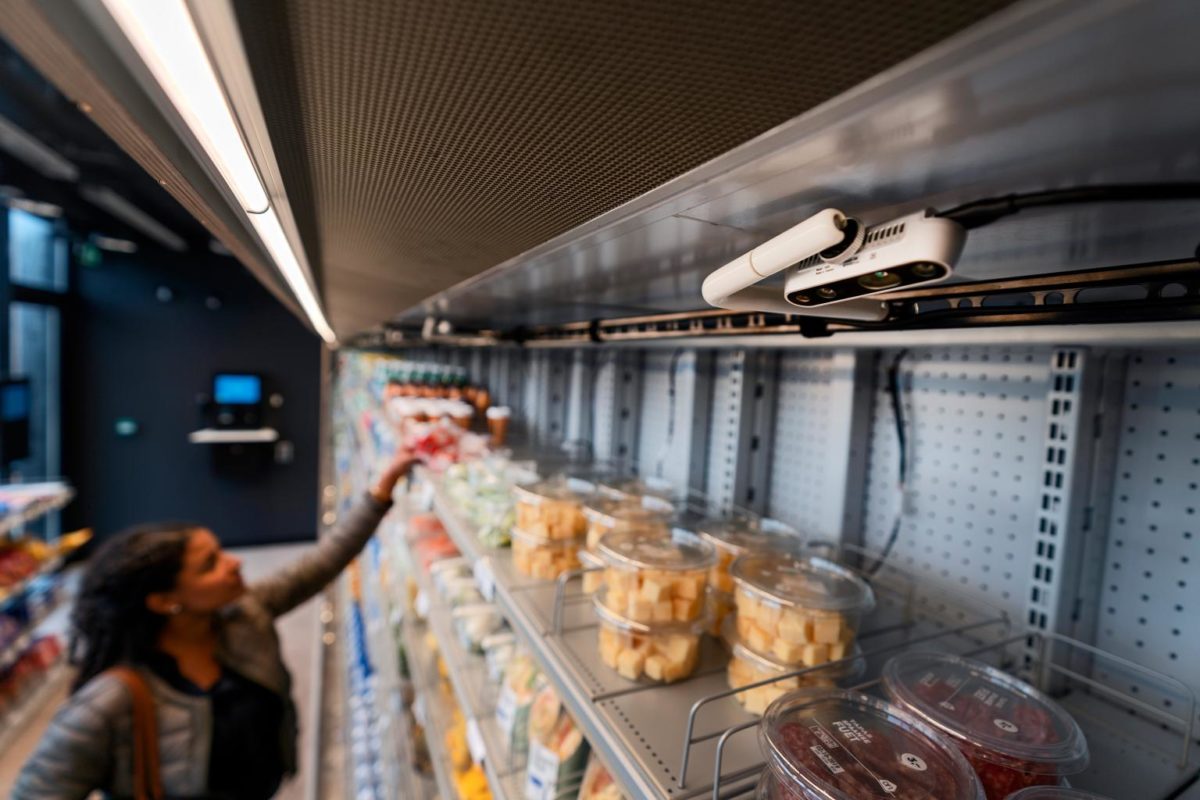Last Friday afternoon I was reading an article about Albert Heijn, one of the most famous retail stores in the Netherlands.
I was already aware of some developments within this industry and the way data is collected. For example, by using your own ‘bonuskaart’ Albert Heijn tracks our purchases which allows them to provide us personal discounts. Also, Albert Heijn was one of the first companies to introduce ‘self-scanning’, whereby customers do not have to wait for cashiers and pay by themselves.
But now, Albert Heijn wants to make it even easier for their customers. Currently Albert Heijn is testing a 14 square meter prototype store in Zaandam, where there is no cash register and products no longer need to be scanned. To make this system possible, AH works together with the American start-up AiFi and with ING. They have developed advanced visual and sensor technologies that make scanning-free shopping possible (Van Ammelrooy, 2019).
Sensors and cameras keep track of who unpacks what from which shelf and the products will then be added to a virtual shopping basket. These sensors even feel it when you put something back, which makes the system very accurate. When customers enter the store they open the gates by scanning their debit card and the total amount will be displayed on the screen at the exit. With scan-free payment, AH is the first retailer in Europe to make this possible. However, Amazon already introduced this concept in 2018 (Chris, 2018).
The technology Albert Heijn is using is related to image recognition technology. Image recognition technology is making big improvements in the last few years. The speed of improvement has accelerated quickly recent years as a new approach, based on very large or “deep” neural nets, was adopted. The error rate of image recognition technology declined from 30% in 2010 to 4% in 2017 (Brynjolfsson & Mcafee, 2017).
I think it is a very logical step of Albert Heijn to introduce scanning-free shops, due to the innovative digital era we are living in. For the customers it will become easier to pay and to buy products from any place at any time. Since this digital store is so small, it can be placed on a truck and move around at locations where a supermarket is temporarily needed, such as offices, universities and new residential areas. Besides this can be a solution against shopping theft, which frequently occurs with self-scanning. However, when it comes to staff, it is important that Albert Heijn keeps a close eye on developments. It is very important that there is enough staff in a digital store to help customers properly. Furthermore, I had my concerns regarding customer privacy, since the sensors and cameras can track everything we do in such a shop. Albert Heijn emphasizes that the system does not use face recognition, the cameras only record shapes and movements. If the prototype shop will be a success, I am very curious what the future of retail will bring us.
Brynjolfsson, E., and Mcafee, A. 2017. The business of artificial intelligence: what it can and cannot do for your organization. Harvard Business Review
Chris, J. (2018). The supermarket with no checkouts. [online] BBC News. Available at: https://www.bbc.com/news/business-42769096 [Accessed 10 Sep. 2019].
Van Ammelrooy, P. (2019). Albert Heijn introduceert winkel zonder kassa en personeel. [online] Volkskrant.nl. Available at: https://www.volkskrant.nl/economie/albert-heijn-introduceert-winkel-zonder-kassa-en-personeel~bf52a73b/?referer=https%3A%2F%2Fwww.google.com%2F [Accessed 10 Sep. 2019].

